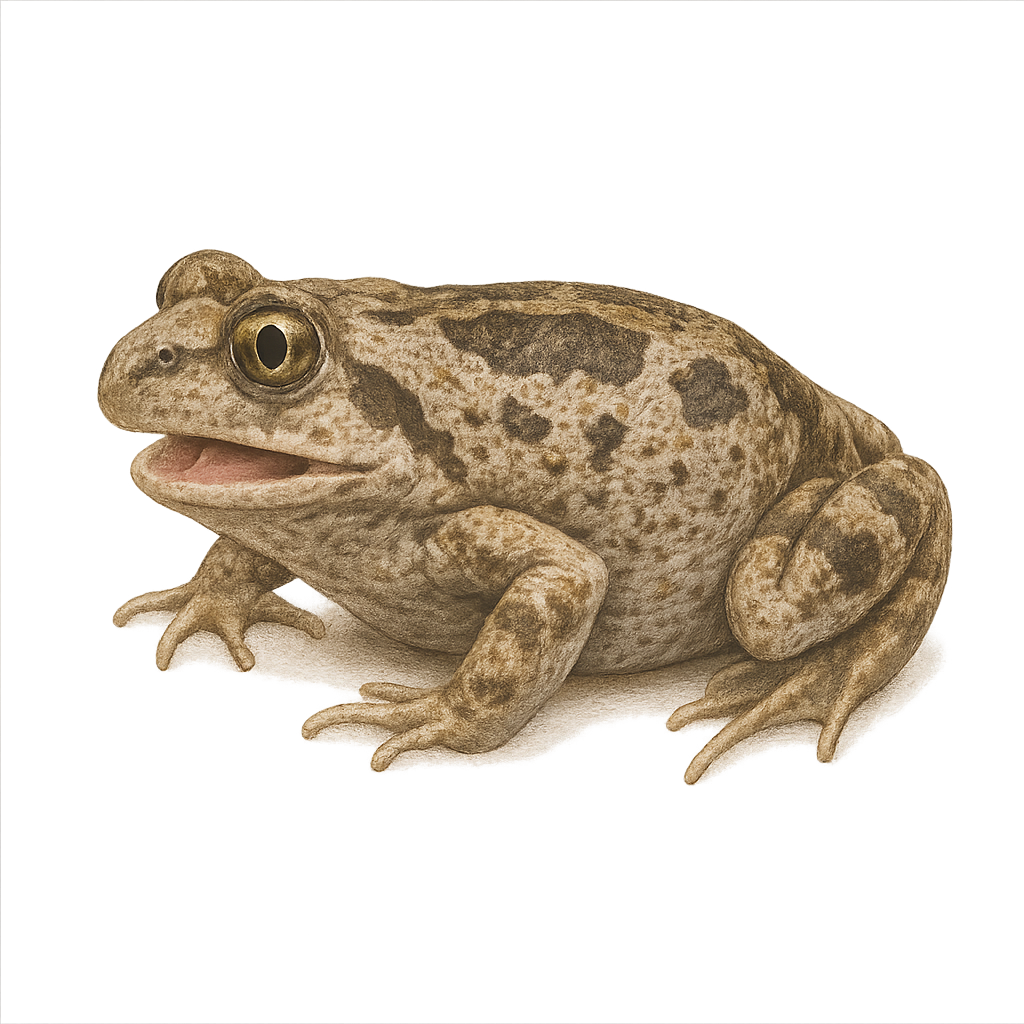Your wildlife photography guide.
Explore the common spadefoot in detail, study its behavior, prepare your shots.
Where to observe and photograph the common spadefoot in the wild
Learn where and when to spot the common spadefoot in the wild, how to identify the species based on distinctive features, and what natural environments it inhabits. The WildlifePhotographer app offers tailored photography tips that reflect the common spadefoot’s behavior, helping you capture better wildlife images. Explore the full species profile for key information including description, habitat, active periods, and approach techniques.
Common Spadefoot
Scientific name: Pelobates fuscus

IUCN Status: Least Concern
Family: PELOBATIDAE
Group: Amphibians
Sensitivity to human approach: Suspicious
Minimum approach distance: 2 m
Reproduction period: TouteL'Année
Incubation: 9–30 jours
Births: TouteL'Année
Habitat:
sandy areas, wet meadows, open forests
Activity period :
Mainly active at night, generally discreet during the day.
Identification and description:
The Common Spadefoot, scientifically known as Pelobates fuscus, is a discreet and fascinating amphibian. It is characterized by its smooth skin and brownish coloration, often speckled with dark spots. This toad has powerful hind legs adapted for digging into the soil, allowing it to quickly burrow when threatened. Primarily nocturnal, it emerges from its burrow to feed on insects and other small invertebrates. Its natural habitat includes sandy areas and wet meadows, providing ideal conditions for reproduction. Although its population is stable, it is sensitive to habitat destruction and water pollution.
Recommended lens:
Macro – adjust based on distance, desired framing (portrait or habitat), and approach conditions.
Photography tips:
To photograph the Pelobates fuscus, it is advisable to go out at dusk or night when this amphibian is most active. Use a macro lens to capture the details of its smooth skin and distinctive patterns. Be patient and discreet, as it is suspicious and can quickly burrow. Focus on wet and sandy areas, and avoid using strong flashes that might disturb it. A tripod can be useful to stabilize your camera in low-light conditions.
The WildlifePhotographer App is coming soon!
Be the first to explore the best nature spots, track rutting seasons, log your observations, and observe more wildlife.
Already 1 430 wildlife lovers subscribed worldwide

